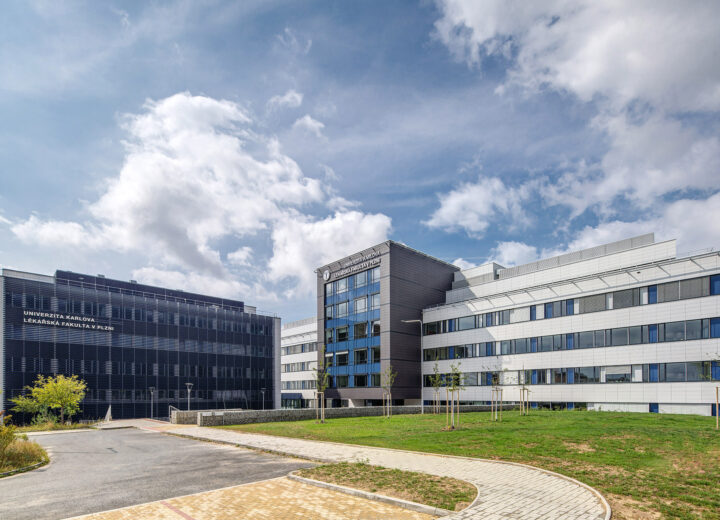Něco se pokazilo
Chyba 404


| Soubor cookie | Životnost | Popis |
|---|---|---|
| cookielawinfo-checkbox-analyticka-cookies | 11 months | Cookie je nastaveno pluginem GDPR Cookie Consent. Toto cookie je použito pro uložení souhlasu / nesouhlasu uživatele s cookies v kategorii „Analytická cookies“. |
| cookielawinfo-checkbox-funkcni-cookies | 11 months | Cookie je nastaveno pluginem GDPR Cookie Consent. Toto cookie je použito pro uložení souhlasu / nesouhlasu uživatele s cookies v kategorii „Funkční cookies“. |
| cookielawinfo-checkbox-nezbytna-cookies | 11 months | Cookie je nastaveno pluginem GDPR Cookie Consent. Toto cookie je použito pro uložení souhlasu / nesouhlasu uživatele s cookies v kategorii „Nezbytná cookies“. |
| cookielawinfo-checkbox-reklamni-cookies | 11 months | Cookie je nastaveno pluginem GDPR Cookie Consent. Toto cookie je použito pro uložení souhlasu / nesouhlasu uživatele s cookies v kategorii „Reklamní cookies“. |
| cookielawinfo-checkbox-vykonnostni-cookies | 11 months | Cookie je nastaveno pluginem GDPR Cookie Consent. Toto cookie je použito pro uložení souhlasu / nesouhlasu uživatele s cookies v kategorii „Výkonnostní cookies“. |
| viewed_cookie_policy | 11 months | Cookie je nastaveno pluginem GDPR Cookie Consent. Toto cookie je použito pro uložení hodnoty, zda uživatel souhlasil s použitím cookies. Neukládá žádné osobní údaje. |
| Soubor cookie | Životnost | Popis |
|---|---|---|
| cli_user_preference | 1 year | Toto cookie je nastaveno pluginem pro souhlas s cookies a je použito pro uložení informace, zda uživatel souhlasí s použitím cookies. Neukládá žádná osobní data. |
| CookieLawInfoConsent | 1 year | Toto cookie je použito pro uložení shrnutí obsahu souhlasu daného uživatelem pro použití cookies. Neukládá žádná osobní data. |
| VISITOR_INFO1_LIVE | 5 months 27 days | Cookie je nastaveno YouTube pro měření datového toku, který určí, zda uživatel uvidí nové nebo staré rozhraní přehrávače. |
| wp-wpml_current_language | session | Ukládá aktuálně zvolený jazyk webu. |
| YSC | session | Cookies YSC je nastaveno YouTube a je použito pro sledování shlédnutí vložených videí na stránkách YouTube. |
| Soubor cookie | Životnost | Popis |
|---|---|---|
| _ga | 2 years | Přidává Google Analytics. Cookie _ga počítá data návštěvníků, relací a kampaní. Dále také sleduje využití webu pro analytický report. Cookie ukládá informace anonymně a k rozpoznání unikátních návštěvníků přiděluje náhodně generované číslo. |
| _ga_DEH134BZLP | 2 years | Cookie je nastavováno Google Analytics. |
